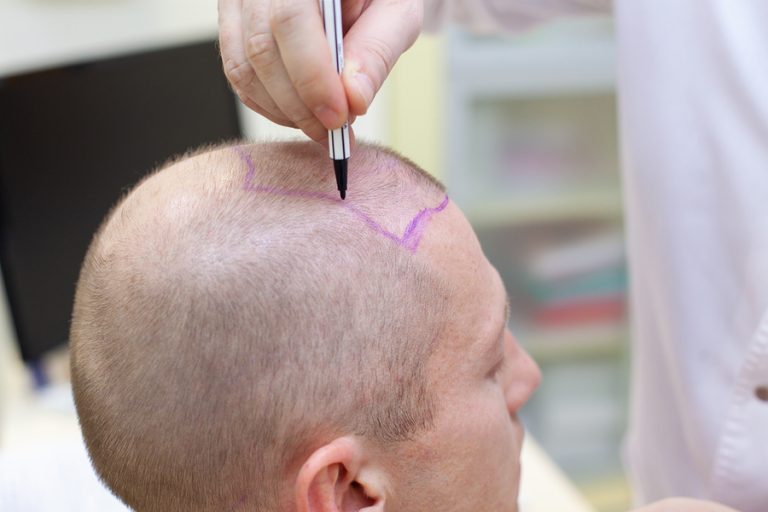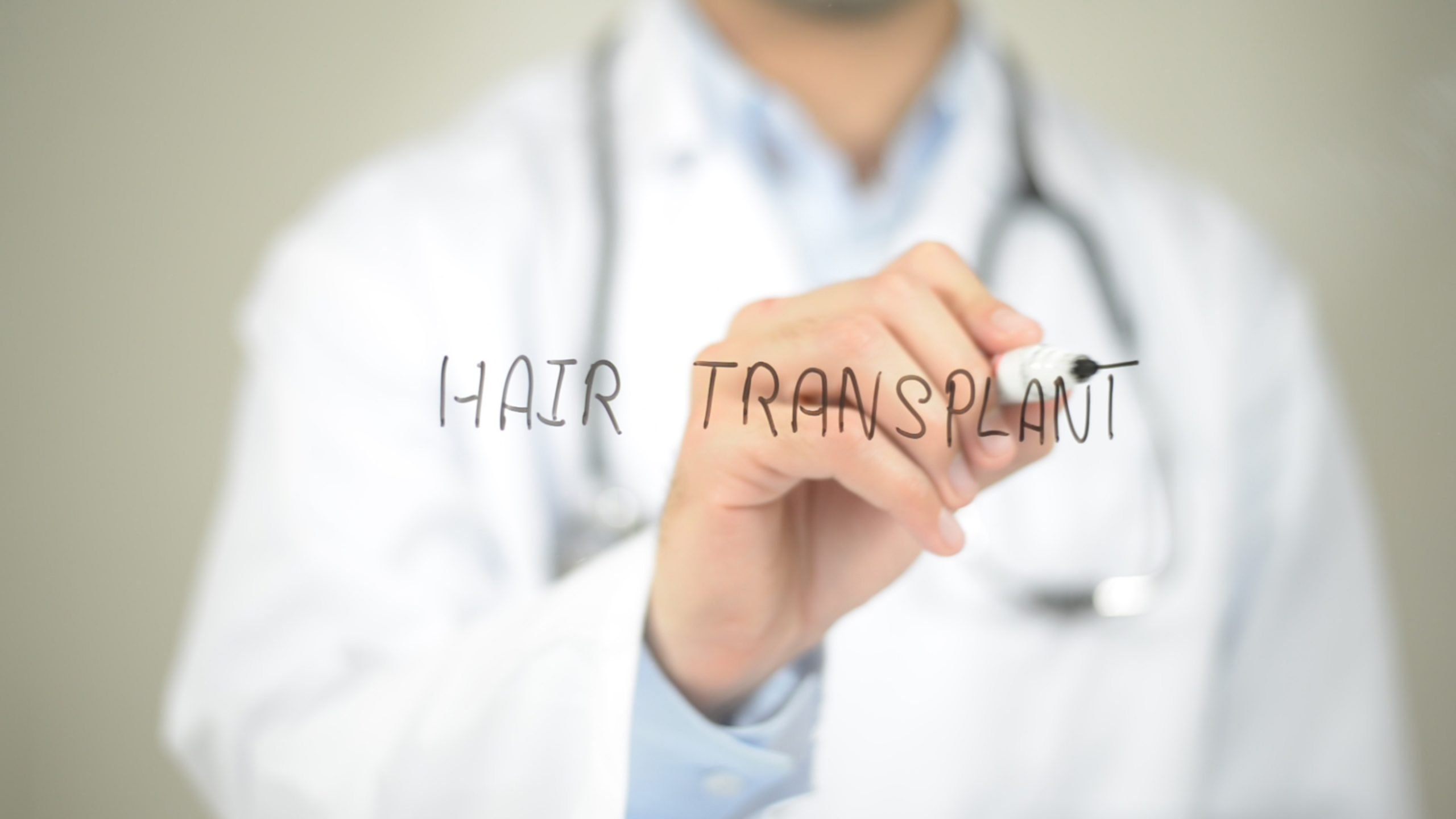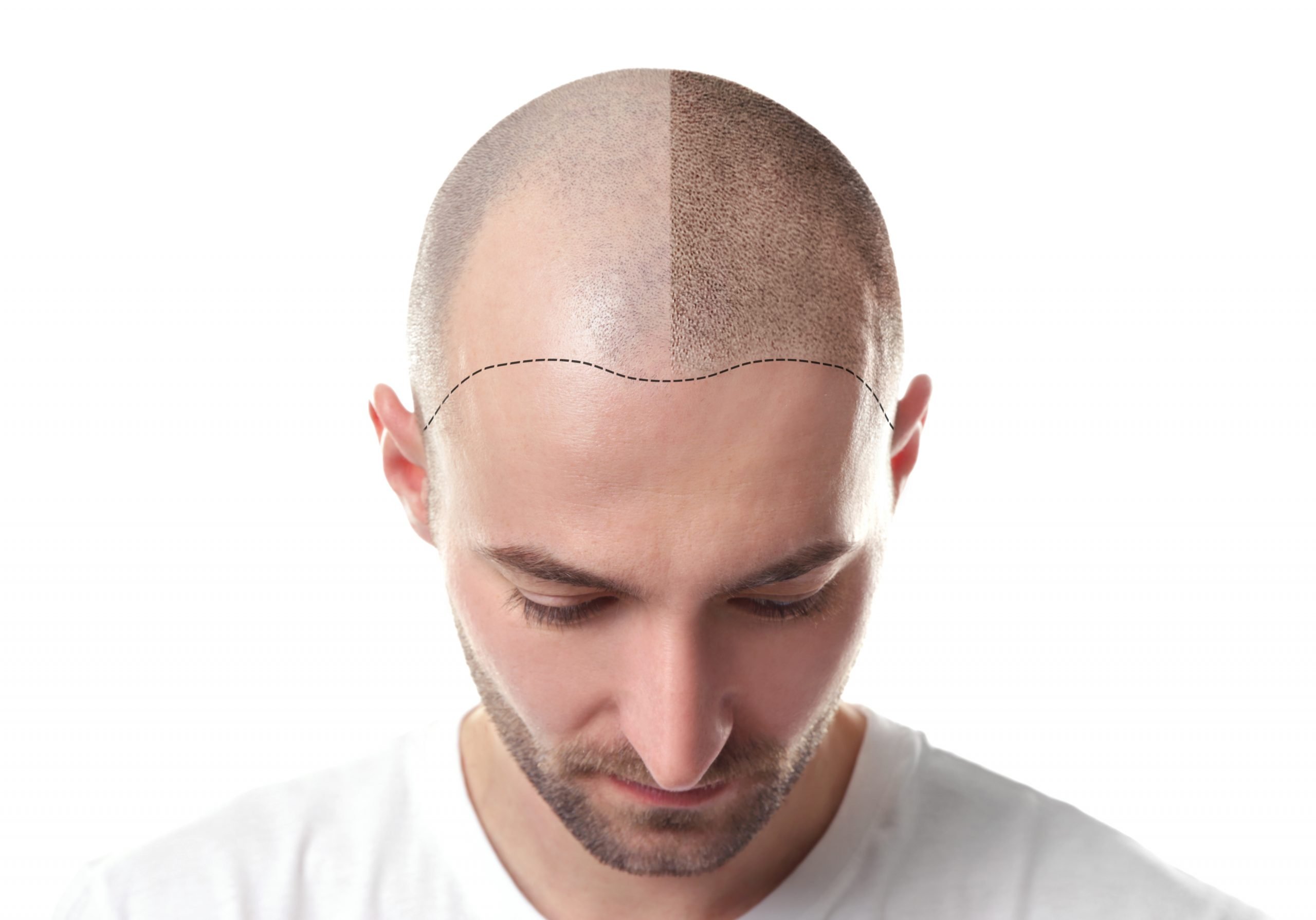
Page Contents
Whether you’re in the process of preparing for your likely life-changing hair transplant surgery or are looking for what to do afterward, our to-do list will likely come in handy for you.
Read on to get some solid advice on what you should do to make the best out of your hair restoration journey.
What to Do Before Hair Transplant Surgery
There are a few things you should take into consideration in case you haven’t had the surgery yet.
Share Your Medical History
As you may already know, you participate ina few consultations before the intervention. This is where your surgeon and the team of hair specialists are aiming to design the most efficient surgery plan for you, taking all your qualities, needs, and your medical history into account.
Therefore, your doctor needs to know all about your diseases (even old ones) and the medications you took or still take, including vitamins.
This is especially important in the case of cardiovascular problems.
Treat All Skin Conditions Before Surgery
If you suffer from skin conditions of any kind like eczema, they should be treated and suppressed entirely before the surgery.
Limit Certain Foods, Drinks, and Habits
Moreover, drinking alcohol and smoking should be avoided the week before and after the surgery, and you should leave milk, coffee, tea, or eggs out of your menu on the day of the operation.
Eat a Light Breakfast
Have a light breakfast, and your lunch will be taken care of at the clinic since you will spend almost the whole day there.

What to Do After Leaving the Hair Clinic
Now you are done with the hardest part of your hair restoration journey.
The surgery is done, your hair follicles have been replaced, waiting to grow and cover the bald areas of your head.
The most important thing to do now is to be super patient because it takes quite a lot of time until you can see the results.
However, there are a few other things you should be careful about to avoid any possible complications and problems.
Naturally, the length of your post-surgery to-do list mainly depends on the type of surgery you had.
FUT Hair Transplant Surgery
As you may already know, FUT (follicular unit transplantation) consists of removing a strip of scalp from the donor area from which the healthy hair follicles are then extracted.
This leaves a thin, linear scar on the head, which you have to be careful about because it can quickly get infected or inflamed.
FUE Hair Transplant Surgery
However, there is a safer and more advanced technology called FUE (follicular unit extraction). This consists of extracting individual hair follicles directly from the donor area. Therefore not leaving any scars on the head, you do not have to worry about these issues.
However, there are still a few tips you should follow after having a hair transplant surgery and leaving the clinic.
Since FUE technology does not leave any significant scars on the head, bleeding and swelling are not likely to happen. However, a few patients have experienced these symptoms, so use a clean bandage if this happens.
Hair Transplant Healing Tips
Here are a few crucial tips to take into account while your body heals from your hair transplant surgery.

Don’t Scratch It
Your head will probably be itchy in the first week following the surgery, but try not to scratch it, especially not the recipient area.
Avoid Touching the Crust Around the Donor Area for the First Week
Also, do not touch the crust that might develop on the donor area or around the newly implanted hair in the first 7-8 days after the surgery.
In the second week, however, you should gently remove it while showering.
Can You Wear a Hat After Hair Transplant Surgery?
Yes, but be careful as some specialists say you should wait anywhere from 7 days to 3 weeks before wearing one to ensure the skin grafts are correctly in place.
Don’t Expose Your Head to Direct Sunlight or Saunas
You should not expose your head and hair to direct sunlight, so wear a hat or a scarf on your head (keeping in mind the above advice). Do not visit saunas for 6-8 weeks (the skin on your head is in a super sensitive condition, so it is reasonable to avoid anything dangerous for it).
Call Your Clinic if Anything Feels Off
If you feel severe pain or the skin on the head looks unusually red, contact your clinic, you might have to take some medication in addition to those that your doctor will prescribe for you (like antibiotics).
Don’t Sleep on the Implanted Side of Your Head
In the first week after the surgery, try not to sleep on the freshly implanted side of your head to avoid any damage.
Don’t Wash Your Hair During the First Week
Also, do not wash your hair for the first week so that your scalp will have time to heal.
Don’t Smoke
Try to avoid smoking as much as possible (if you are planning on quitting, this few weeks before and after the surgery will serve as an excellent trial).
Avoid Strenuous Physical Activities for the First Few Weeks
In the first few weeks you should also avoid physical activities like working out (or even working) so use this time as a little holiday and relax.
You Can Wash Your Hair On the Second Week
In the second week, you can use water to wash your hair but only apply shampoo after three weeks.
When washing your hair, use organic, gentle hair products specially designed for post-surgery hair care to encourage hair growth.
Hair Loss Post-Surgery is Perfectly Normal
Now comes a significant detail: the implanted hair will fall out a few weeks after the surgery, but you should not be horrified because this type of hair loss is perfectly normal.
The new, healthy hair will grow out in a few months, thanks to the relocated hair follicles, and it will stay for good.
However, it will take about a year till you can see the final and most spectacular results, so do not get frustrated along the way – good things come for those who wait.
Conclusion
Hair restoration is a serious business, and you should take it seriously too.
However, you can forget about all doubts and worries because if you follow a few very basic guidelines and manage to remain very patient (that is probably the hardest part), you will not be sorry for having hair transplant surgery.
Your new hair and your new, more positive, and confident self will be worth all the trouble and effort.







There are two main methods of hair transplants which are FUT and FUE. FUT is still a method we can use in certain exceptional cases while the FUE Method is a More Popular and Practical method. This is the most Preferred Hair Transplantation method used today.